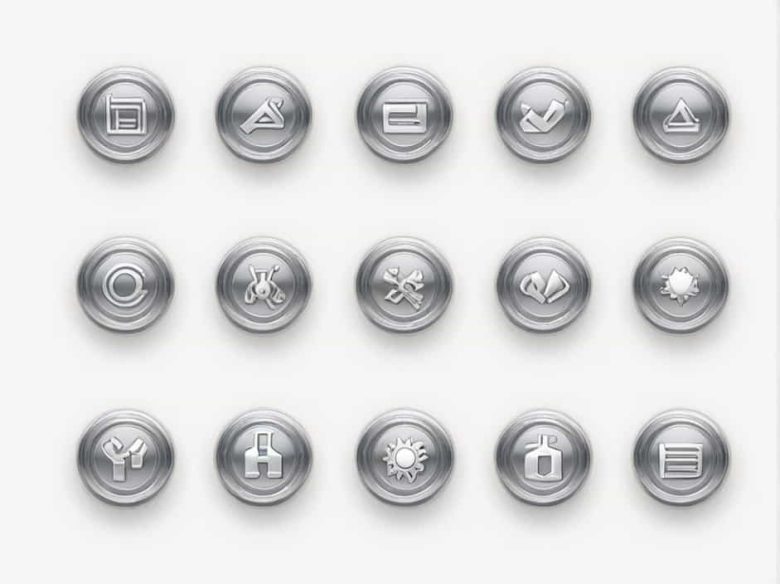Galvanization is a crucial industrial process used to protect metal surfaces from corrosion and rust. The primary element used in this process is zinc which forms a protective coating on steel and iron. This layer prevents oxidation and significantly extends the lifespan of metal structures.
Zinc is widely used in construction automotive and manufacturing industries due to its durability cost-effectiveness and environmental benefits. This topic explores how zinc is used in galvanization its benefits and its applications in various industries.
What is Galvanization?
Galvanization is the process of applying a protective zinc coating to iron or steel to prevent rusting. The zinc coating acts as a barrier against moisture and oxygen which are the main causes of corrosion.
Why is Galvanization Important?
- Prevents Rust and Corrosion – Zinc creates a protective barrier.
- Increases Durability – Galvanized metals last much longer.
- Cost-Effective – Reduces maintenance and replacement costs.
- Environmentally Friendly – Zinc is recyclable and sustainable.
Zinc: The Key Element in Galvanization
Why is Zinc Used in Galvanization?
Zinc is chosen for galvanization due to its excellent corrosion resistance and ability to form a strong bond with steel and iron. It has unique sacrificial properties meaning it will corrode before the underlying metal providing long-term protection.
Properties of Zinc That Make It Ideal for Galvanization
- Highly Corrosion-Resistant – Zinc reacts with oxygen and carbon dioxide to form a protective layer.
- Strong Adhesion – Zinc bonds well with steel and iron surfaces.
- Sacrificial Protection – Even if the zinc coating is damaged it continues to protect the base metal.
- High Melting Point (419.5°C) – Allows for effective hot-dip galvanization.
Types of Galvanization Processes
There are several methods of galvanization each suited for different applications.
1. Hot-Dip Galvanization
This is the most common and effective method. The metal is dipped into molten zinc forming a thick durable coating.
Process of Hot-Dip Galvanization
- Surface Cleaning – The metal is cleaned to remove dirt oil and oxides.
- Fluxing – The metal is dipped in a flux solution to enhance adhesion.
- Dipping in Molten Zinc – The metal is submerged in zinc heated to about 450°C.
- Cooling and Finishing – The coated metal is cooled and inspected for quality.
2. Electrogalvanization
In this method zinc is applied using an electrochemical process. It produces a thinner and smoother coating making it ideal for automotive and electronic components.
Process of Electrogalvanization
- The metal is placed in an electrolyte solution containing zinc ions.
- An electric current is applied causing zinc to deposit on the metal surface.
- The coated metal is rinsed and dried.
3. Thermal Spray Galvanization
This process involves spraying molten zinc onto the surface of the metal forming a protective layer. It is commonly used for repairing galvanized coatings.
4. Sherardizing (Dry Galvanization)
A specialized method where steel is placed in a rotating drum with zinc powder and heated to 380-430°C. It is used for small components like nuts and bolts.
Benefits of Zinc Galvanization
1. Long-Term Protection
Galvanized metals can last up to 50 years even in harsh environments.
2. Cost-Effective Maintenance
Galvanization eliminates the need for frequent painting or rust-proofing reducing long-term costs.
3. Strength and Durability
Zinc coatings can withstand mechanical damage extreme temperatures and moisture exposure.
4. Environmental Benefits
- Zinc is 100% recyclable.
- Galvanized steel reduces the need for chemical rust inhibitors making it eco-friendly.
Industries That Rely on Galvanized Zinc Coatings
1. Construction Industry
Galvanized steel is used in bridges buildings and pipelines to ensure durability.
2. Automotive Industry
Car frames and underbodies are galvanized to prevent rust from road salt and moisture.
3. Agriculture and Farming
Galvanized materials are used for fences water tanks and greenhouses to withstand outdoor conditions.
4. Electrical and Telecommunications
Power poles transmission towers and communication structures use galvanized steel for corrosion resistance.
Challenges and Limitations of Galvanization
Despite its advantages galvanization has some challenges:
- Initial Cost – Hot-dip galvanization requires specialized equipment increasing upfront expenses.
- Limited Application on Thin Metals – Electrogalvanization provides a thinner coat which may wear off faster.
- White Rust Formation – Zinc can react with moisture and form zinc hydroxide causing white corrosion.
Future Innovations in Galvanization
As technology advances researchers are developing more efficient and environmentally friendly galvanization methods:
- Zinc-Alloy Coatings – Combining zinc with aluminum and magnesium enhances corrosion resistance.
- Self-Healing Coatings – Advanced coatings can repair small scratches and cracks automatically.
- Nano-Galvanization – Using nanotechnology to create ultra-thin high-strength zinc coatings.
Zinc is the essential element in the galvanization process providing unmatched protection against rust and corrosion. Whether used in construction automotive or industrial applications zinc-coated steel ensures durability and longevity.
With ongoing research and advancements galvanization continues to evolve offering even greater efficiency and sustainability. As industries seek cost-effective and eco-friendly solutions zinc remains the cornerstone of modern corrosion prevention.



